Cool Season Gardening: Guide To Growing Winter Vegetables


Just because the days are getting shorter, and temperatures are getting lower, doesn’t mean you have to close down your garden. Even if you live in a climate with hard frosts and heavy snowfall, cool season gardening is a viable option, at least for a while. Keep reading to learn about cool weather crops and growing food through the cold season.
Winter Season Vegetables
Cool weather crops are, as a rule, leafy greens and roots. Vegetables that produce fruit, like tomatoes and squash, need lots of warmth and sunlight and are not really suited to cool season gardening. Leaves such as spinach, arugula, chard, parsley, and Asian greens thrive in cooler temperatures and can often handle at least light frost. Lettuce is a little less cold hardy, but it tastes the best when grown in cool weather. Kale handles the cold extremely well and can survive temperatures far below freezing. Brussels sprouts, cabbage, and broccoli are all also good cool weather crops. Roots such as carrots, turnips, parsnips, and beets can survive freezing temperatures and actually vastly improve in taste when the plant concentrates more energy on root growth and builds up sugars for frost protection.
Cool Season Gardening Tips
Although many winter season vegetables can survive cold temperatures, cool season gardening is more effective if you take a few steps to keep the plants warm. Simply putting down mulch or a floating row cover can raise the soil temperature by a few degrees. Building a cold frame over your cool weather crops is even more effective. You can stretch transparent plastic over a structure of PVC pipe or, more easily, lay hay bales around the perimeter of your winter season vegetables and lay an old window across the top. Your biggest risk if you do this is actually building up too much heat. Open your cold frame up on sunny days to allow some cooler airflow. A more expensive, but often worthwhile option, is the purchase of a greenhouse. Even in cold climates, you should be able to grow cool season crops all winter long. If none of these appeal to you, consider growing vegetables indoors. Herbs are always handy in the kitchen, and small things like salad greens and radishes can be grown in window boxes.
Gardening tips, videos, info and more delivered right to your inbox!
Sign up for the Gardening Know How newsletter today and receive a free copy of our e-book "How to Grow Delicious Tomatoes".

The only child of a horticulturist and an English teacher, Liz Baessler was destined to become a gardening editor. She has been with Gardening Know how since 2015, and a Senior Editor since 2020. She holds a BA in English from Brandeis University and an MA in English from the University of Geneva, Switzerland. After years of gardening in containers and community garden plots, she finally has a backyard of her own, which she is systematically filling with vegetables and flowers.
-
 Looking For Plants To Give You The Soft And Fuzzies? Try These 5 Fuzzy Leaf Plant Options
Looking For Plants To Give You The Soft And Fuzzies? Try These 5 Fuzzy Leaf Plant OptionsLovers of texture, drama, silver foliage and tactile plants will adore these special sensory garden additions. These fuzzy leaf plant options will leave you all aglow
By Susan Albert
-
 Get Ready For A Summer Of Hummers! Grow These Full Sun Hummingbird Plants and Flowers
Get Ready For A Summer Of Hummers! Grow These Full Sun Hummingbird Plants and FlowersIf you’re lucky enough to enjoy a sunny backyard, make sure you are maxing out on your pollinator opportunities and grow these full sun hummingbird plants and flowers
By Tonya Barnett
-
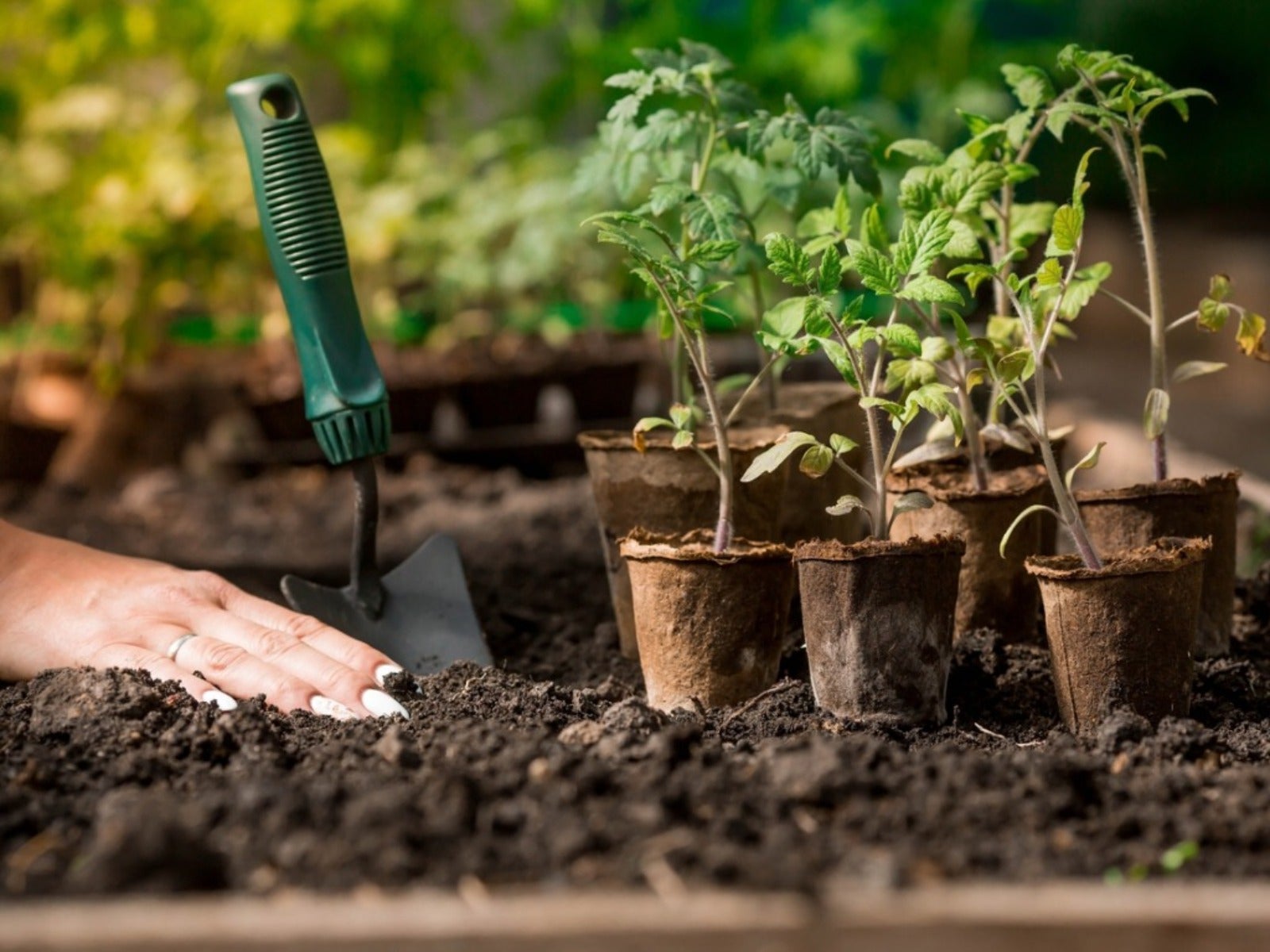 How Many Vegetables To Plant Per Person For A Year
How Many Vegetables To Plant Per Person For A YearGauging how much to plant in a vegetable garden can eliminate waste while still producing enough for your family. Click for more.
By Bonnie L. Grant
-
 13 Perennial Fruits And Vegetables You Only Have To Plant Once
13 Perennial Fruits And Vegetables You Only Have To Plant OnceLooking to set it and forget it? Find out which fruits and vegetables can be grown as perennials.
By Laura Miller
-
 11 Edible Plants For A Year-Round Garden In A Bucket
11 Edible Plants For A Year-Round Garden In A BucketWant to know how to grow food inside your house and which foods do best indoors? Click here to learn all about it.
By Bonnie L. Grant
-
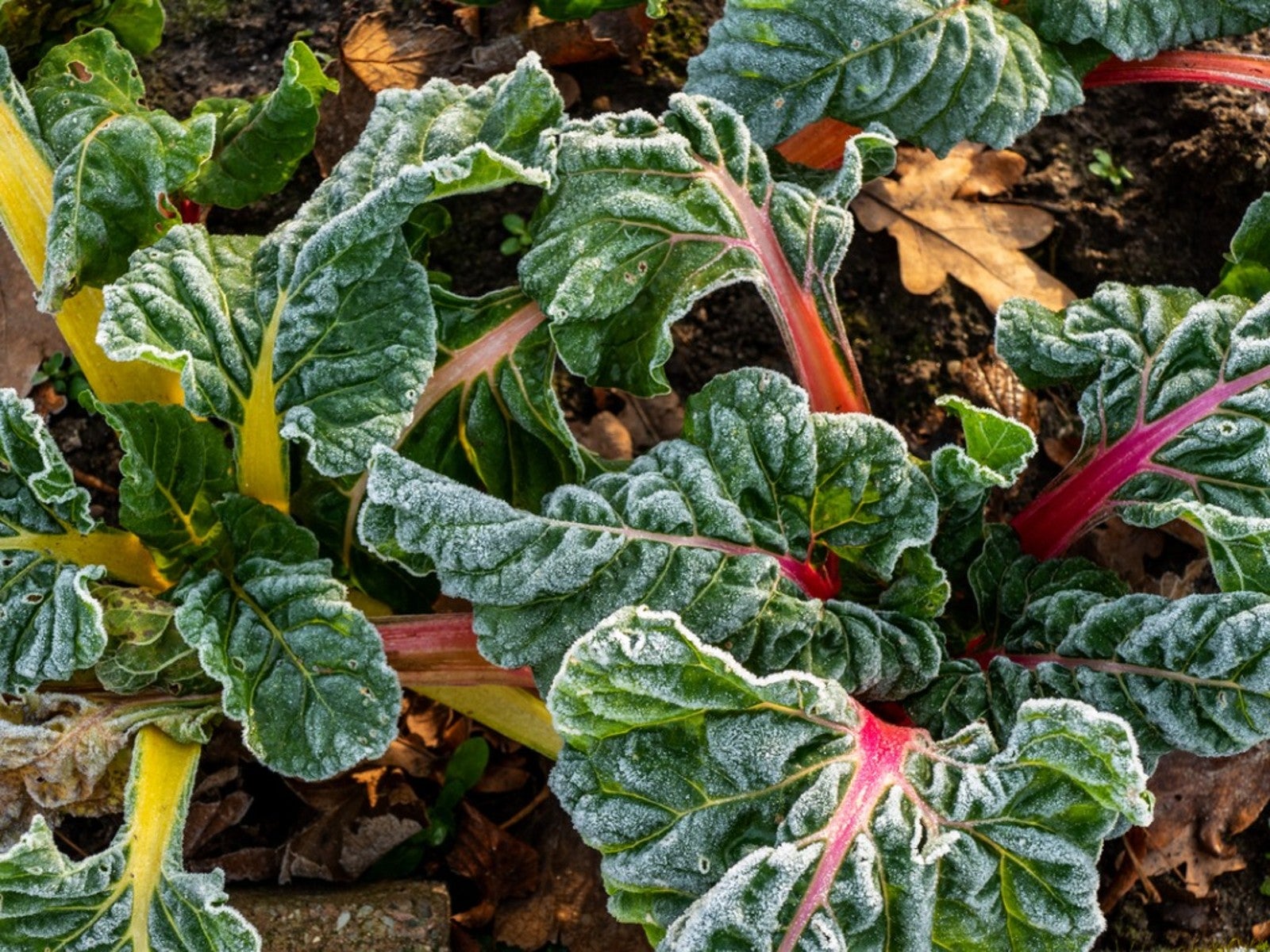 Frost Tolerance Of Vegetables From Least To Most Hardy
Frost Tolerance Of Vegetables From Least To Most HardyHow cold can vegetables tolerate? Knowing which veggies will survive frosts and freezes is essential for the success of your garden. Click here for more.
By Laura Miller
-
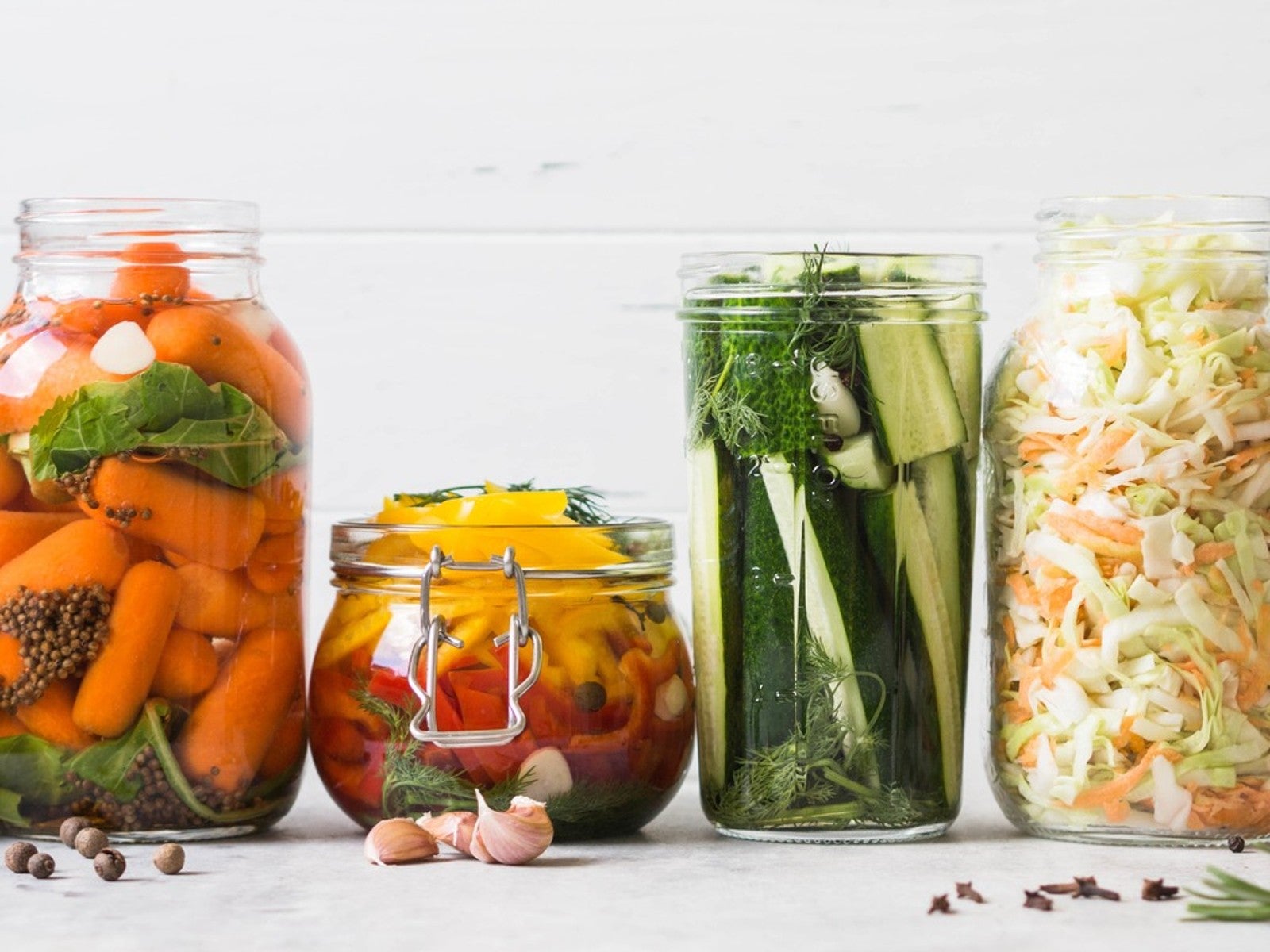 Best Vegetables To Pickle Straight From The Garden
Best Vegetables To Pickle Straight From The GardenPickles aren’t limited to just cucumbers. Read on for tips on pickling your fresh veggies.
By Amy Grant
-
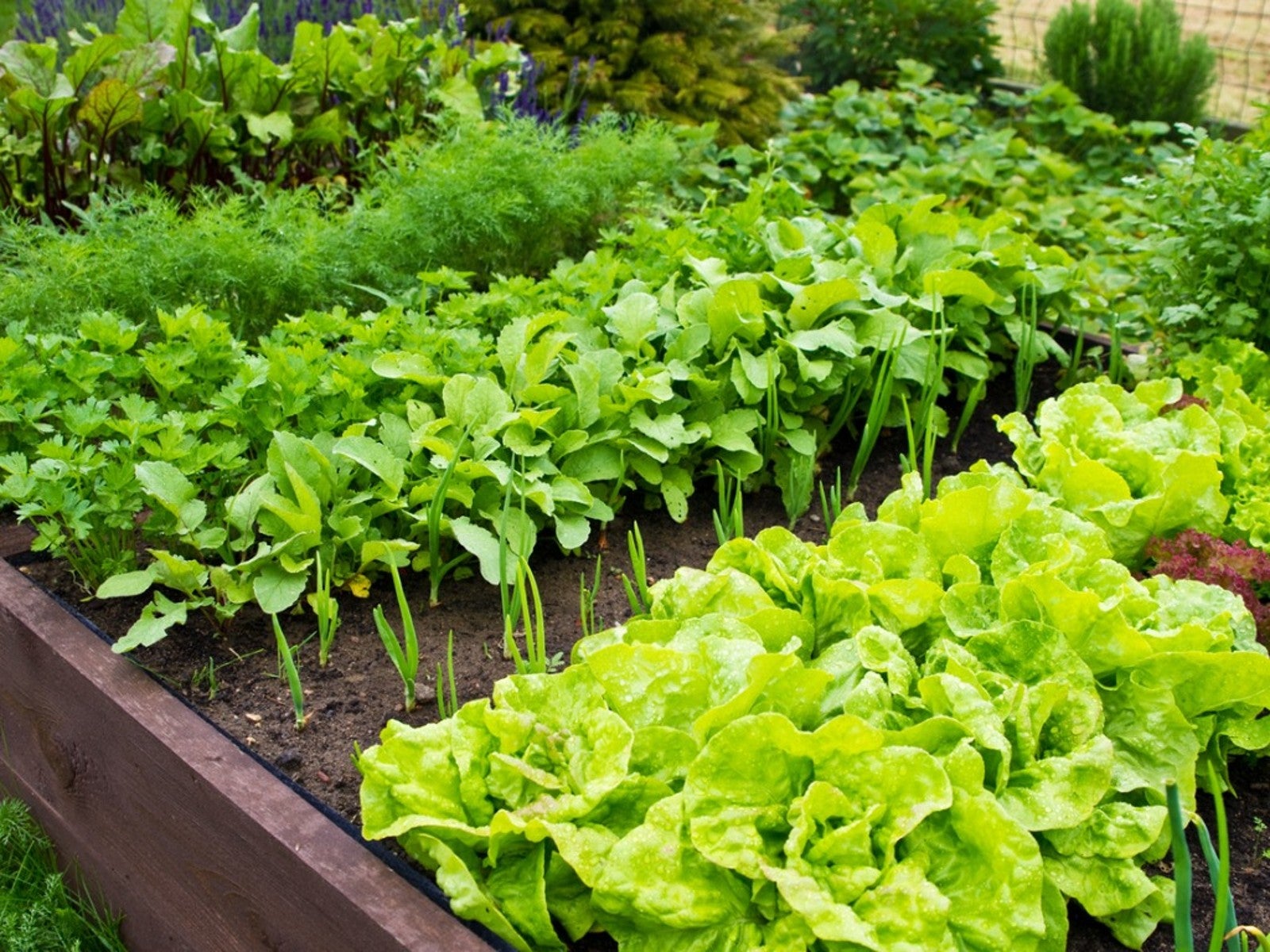 Benefits Of Planting In Fall Vs. Spring Vegetable Plots
Benefits Of Planting In Fall Vs. Spring Vegetable PlotsLearn why some vegetables do better if you plant them in fall instead of spring.
By Laura Miller
-
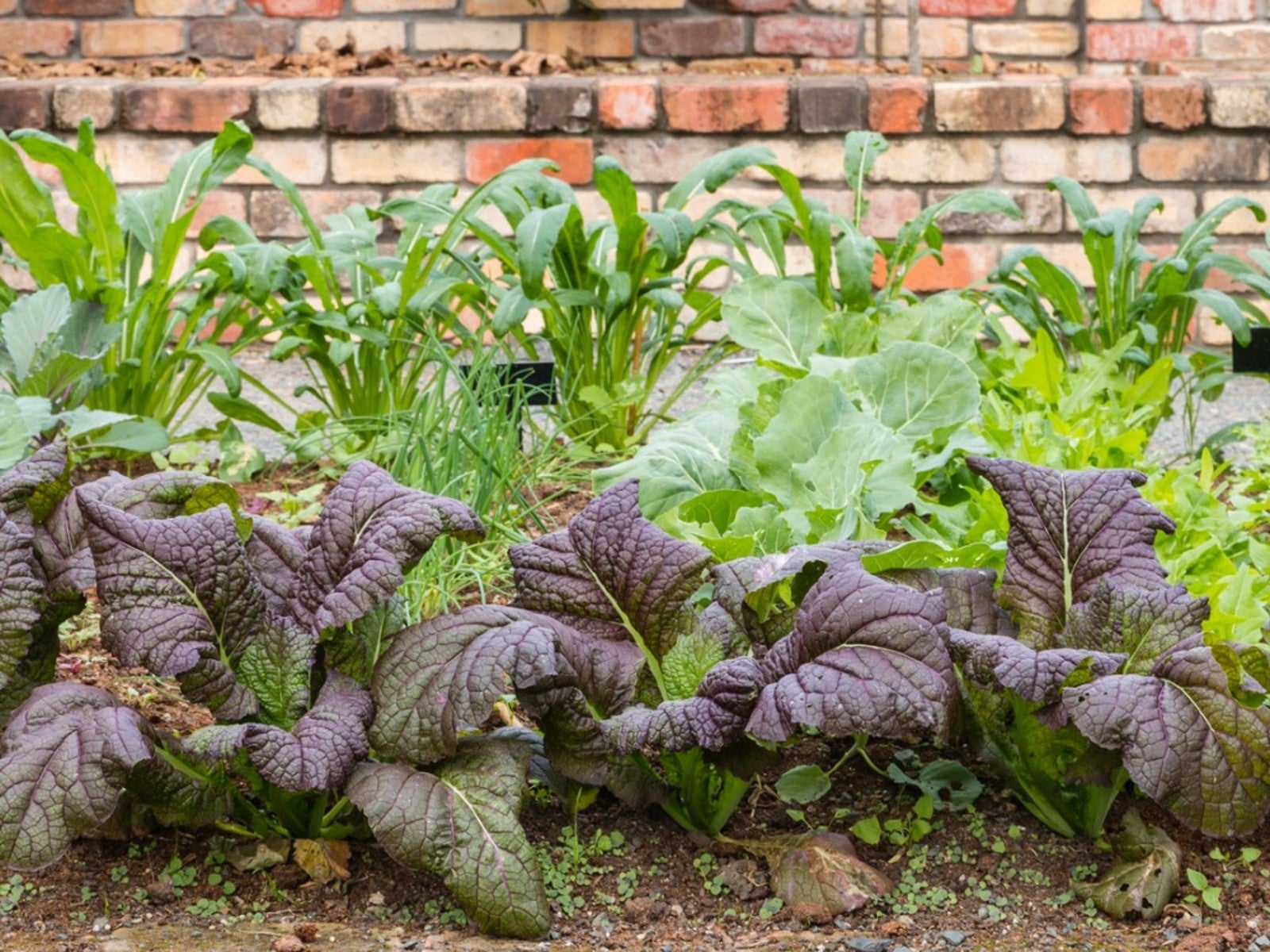 Interplanting Vegetables In The Fall Garden
Interplanting Vegetables In The Fall GardenLearn all about the benefits of interplanting vegetables for your fall garden.
By Laura Miller
-
 Best Vegetables For Growing In Perlite
Best Vegetables For Growing In PerlitePerlite is a natural growing medium that comes from super-heated volcanic glass. In some cases, it works better than soil. Read on for more info.
By Laura Miller